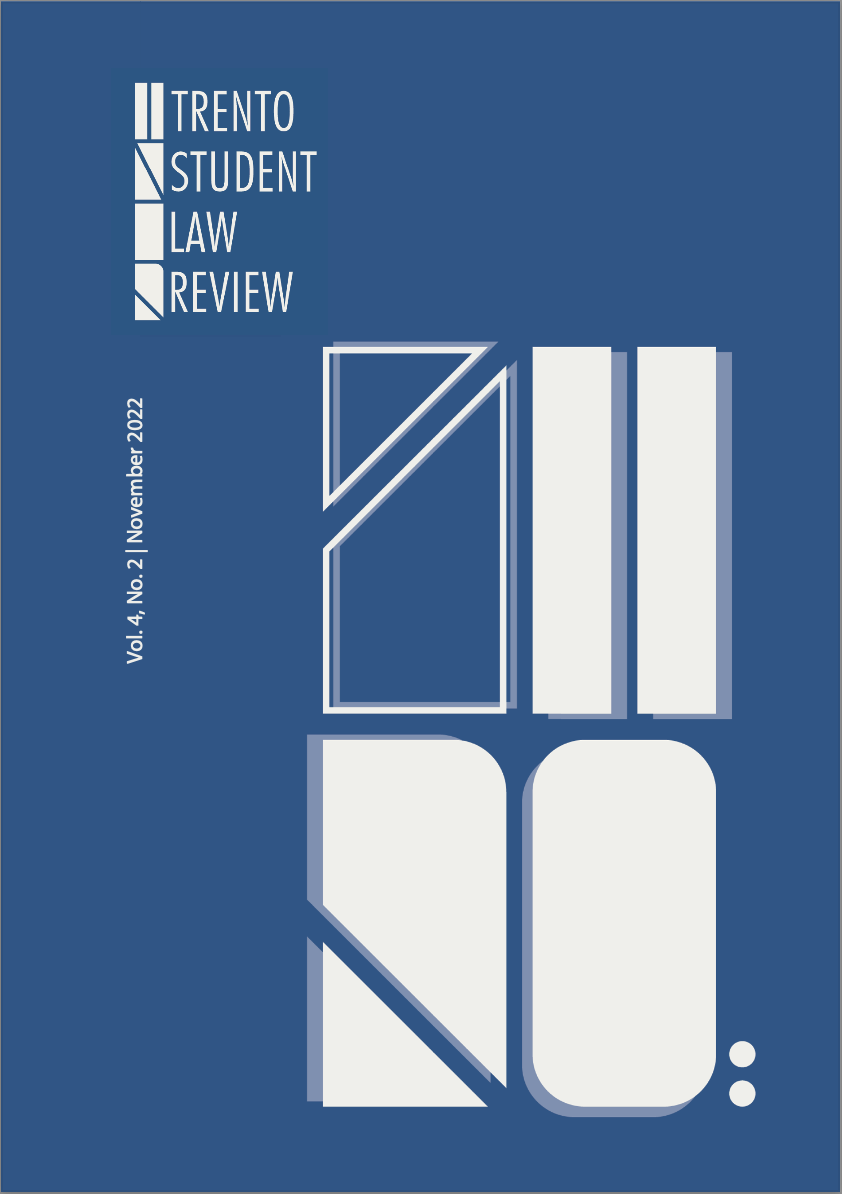Sting operations and entrapment defense in corruption behaviors
A systematic analysis between Italy, Europe, and the United States
DOI:
https://doi.org/10.15168/tslr.v4i2.2369Parole chiave:
Comparative criminal law, Entrapment, Agent provocateur, Public corruption, Extrema ratio principleAbstract
L’articolo si propone di fornire una panoramica sulle operazioni sotto copertura che istigano la realizzazione di reati e sulla c.d. entrapment defense, con specifico riferimento a condotte di corruzione. Un’introduzione storiografica mostrerà come il sistema statunitense abbia inteso e gestito il fenomeno corruttivo a partire dal XVIII secolo; successivamente, l’attenzione si sposterà sui profili dogmatici per chiarire le complicazioni e il funzionamento pratico della entrapment defense secondo un’analisi di teoria generale del reato. Una riflessione si impone anche sull’opportunità di importare o meno la figura dell’agente provocatore nei sistemi europei, rappresentando come i precedenti della Corte di Cassazione italiana si ispirino alla Corte Europea dei Diritti dell’Uomo di Strasburgo: nonostante le divergenze teoriche, entrambe sono in costante, per quanto silenzioso, dialogo con le corti statunitensi. Il punto cruciale è l’analisi dei principi giuridici applicabili all’agente provocatore e alla posizione dell’individuo istigato per capire, dal punto di vista europeo, se il primo sia o meno incriminabile e, dal punto di vista statunitense, se lo sia o meno il secondo.
##submission.downloads##
Pubblicato
Come citare
Fascicolo
Sezione
Licenza
Copyright (c) 2022 Mattia Cutolo

Questo lavoro è fornito con la licenza Creative Commons Attribuzione - Non commerciale - Condividi allo stesso modo 4.0 Internazionale.
Il diritto d'autore sui testi pubblicati nella Trento Student Law Review resta in capo ai rispettivi titolari. La rivista consente agli autori di mantenere i pieni diritti di pubblicazione.
La Trento Student Law Review è distribuita con una licenza Creative Commons Attribuzione - Non commerciale - Condividi allo stesso modo 4.0 Internazionale (CC BY-NC-SA 4.0).





